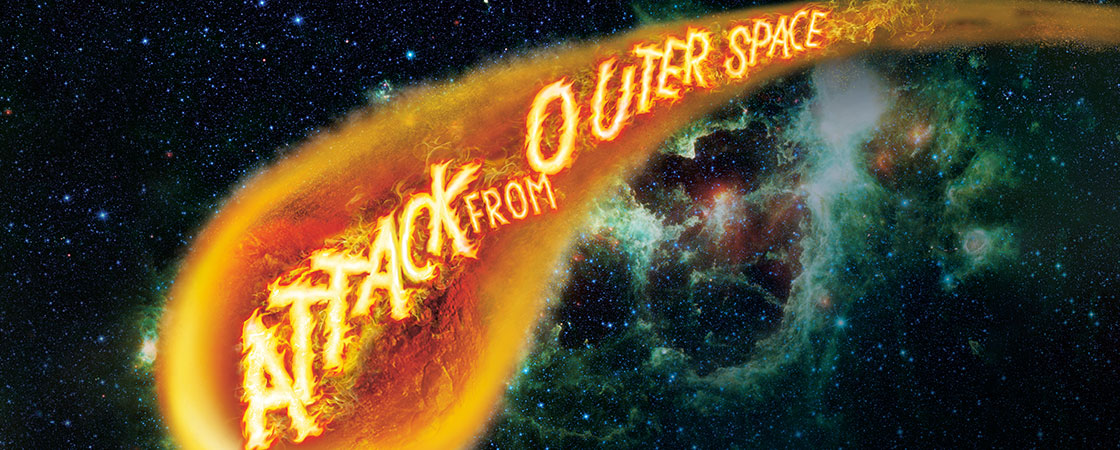The explosion in Chelyabinsk was a reminder of something that’s easy to forget: We live on a planet drifting through space. And drifting along with us are billions of rocks—leftovers from when our solar system formed about 4.6 billion years ago. There are meteoroids, which can be as tiny as a speck of dust or as big as a school bus, and their larger cousins, asteroids, some of which stretch more than 300 miles across. And there are comets, mixtures of frozen gases, rock, and dust.
For the most part, space rocks stay in the asteroid belt, between Mars and Jupiter. Occasionally, though, they knock into each other, bouncing around like bumper cars, and come zooming our way.
As these runaway rocks hurtle toward Earth, they move at incredibly high speeds—tens of thousands of miles per hour. They grow so scorchingly hot that most vaporize high in the atmosphere without causing any damage. The rocks that do make it to the ground are called meteorites. They’re mostly tiny and harmless.
What happened over Chelyabinsk was different. That space rock was a whopping 65 feet wide—about the width of a basketball court. As it zoomed through the atmosphere, it grew hotter and hotter until, about 14 miles above the city, it exploded. The force of the blast was so powerful, it was like a bomb detonating.

